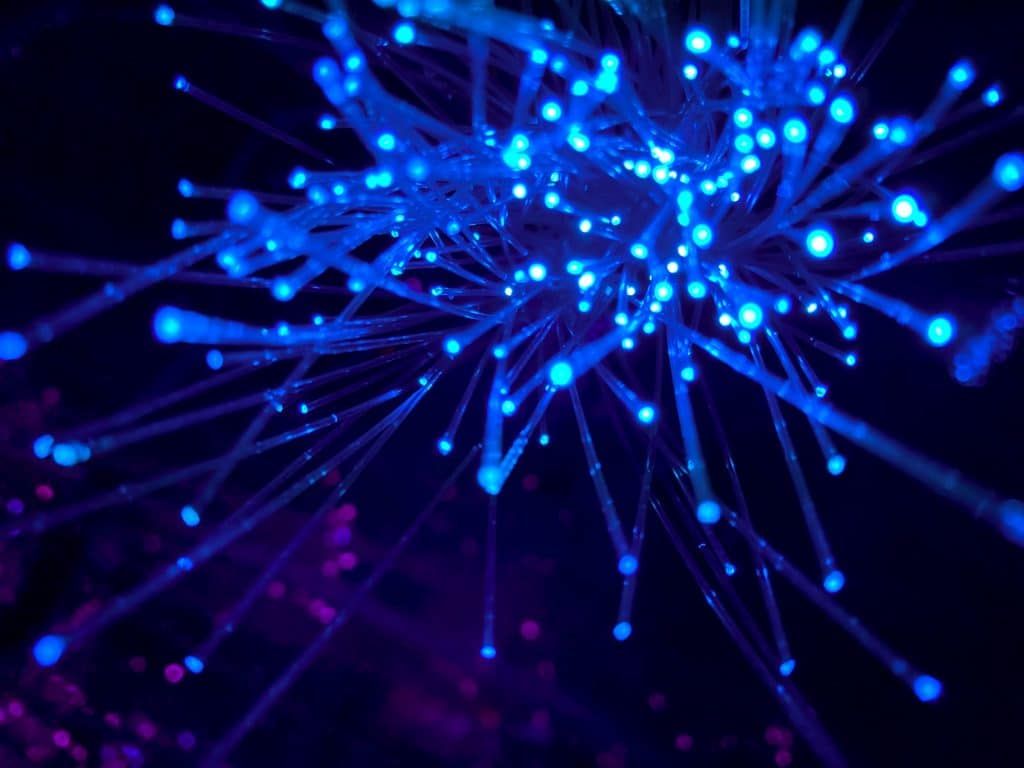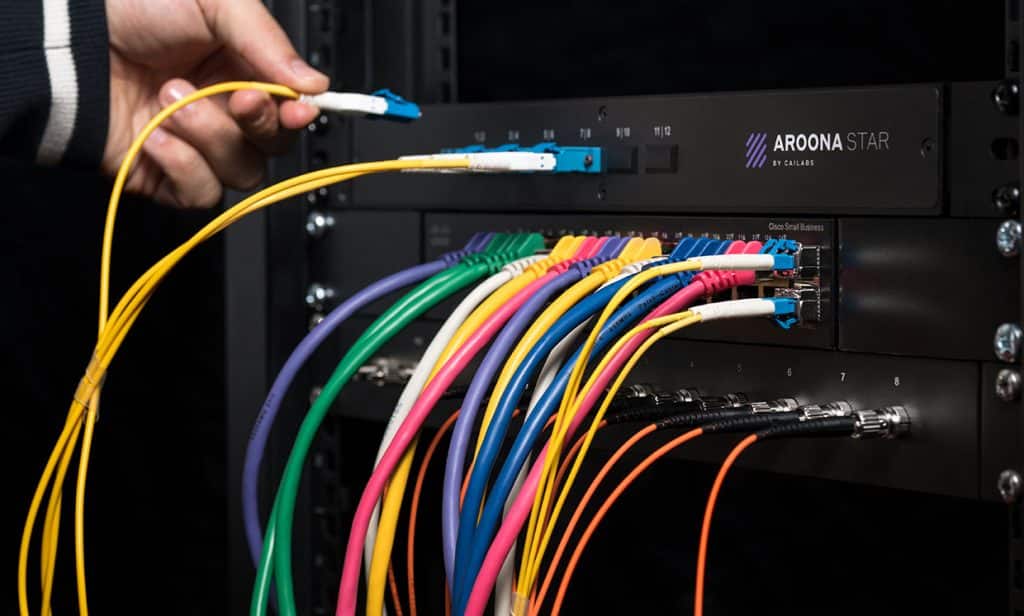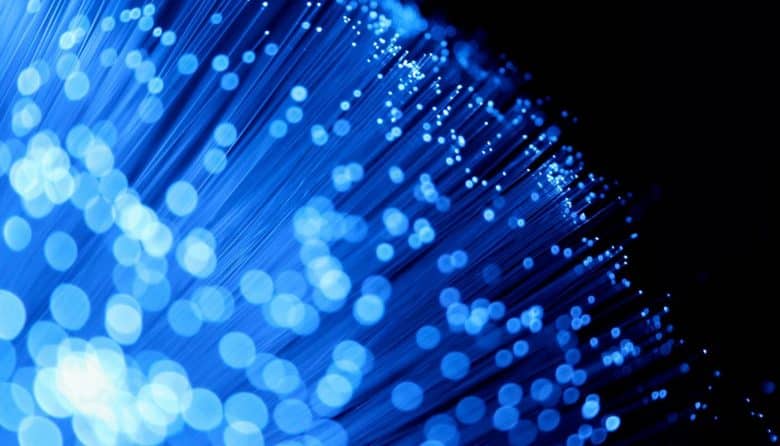Most people have heard of fiber optic cables, even if they don’t know the details of how they work. Here’s everything a beginner needs to know about fiber optics.
Glass And Photons
Like other cable types, a fiber optic cable is designed to transmit a signal from point A to point B. What makes a fiber optic cable special is the use of light. Fiber optics can transmit relatively large volumes of data at the speed of light. Fiber optics cables achieve this feat through the use of glass within the wires. Delicate strands of glass within the cables bounce photons, particles of light, between them as they travel down the length of the wire.

In doing so, fiber optic cables offer high-performance data transfer over long distances. Fiber optic cables are much higher spec than most of the alternative. The bandwidth they offer is higher, and they can transmit data over long distances without any signal degradation. Fiber optic cables are the bedrock of the Global Internet. And they also underpin cable television and telephone phone systems.
How It Works
The strands of glass used within a fiber optic cable are only slightly thicker than a human hair. Light travels through the core of each strand. The core is surrounded by an external layer of glass, referred to as the cladding. This cladding reflects light inwards, ensuring that there is no loss of data during transmission. This layer of cladding is also essential for allowing light to travel around the bends in the optical cable.
Fiber optic cables come in two varieties, single-mode and multimode. A single-mode fiber optic cable uses a laser to generate light and very thin strands of glass to guide it through the cable’s length. On the other hand, a multimode fiber optic cable utilizes LEDs in place of a laser.
Single-mode fiber optic cable utilizes a series of techniques known as wave division multiplexing to increase the amount of bandwidth they can support. These techniques mean that light of different wavelengths can be transmitted through the cable without interfering with one another. As a result, multiple signals can be carried down a single cable.
The Advantages Of Fiber Optics
Fiber optic cables have replaced copper cabling for many use cases. Fiber optics offer significantly more bandwidth than a copper cable can. Not only do fiber optic cables provide higher bandwidth than copper alternatives, but they are not subject to the same issues over long distances. The longer a copper cable is, the more the signal will degrade. Because fiber optic cables utilize light to carry a signal, there is little to no degradation regardless of the cable’s length.

Another critical benefit of fiber optic cables that is often overlooked is that they are far less susceptible to interference. If you transmit a signal over a copper cable, you need to include some form of shielding; otherwise, electromagnetic interference will disrupt the signal. Fiber optic cables are not subject to these same effects.
Fiber optic cables are the mainstay of most modern networks. Without fiber optics, broadband internet as we know it would be impossible. Old copper cables simply aren’t up to the task.













Leave a Reply